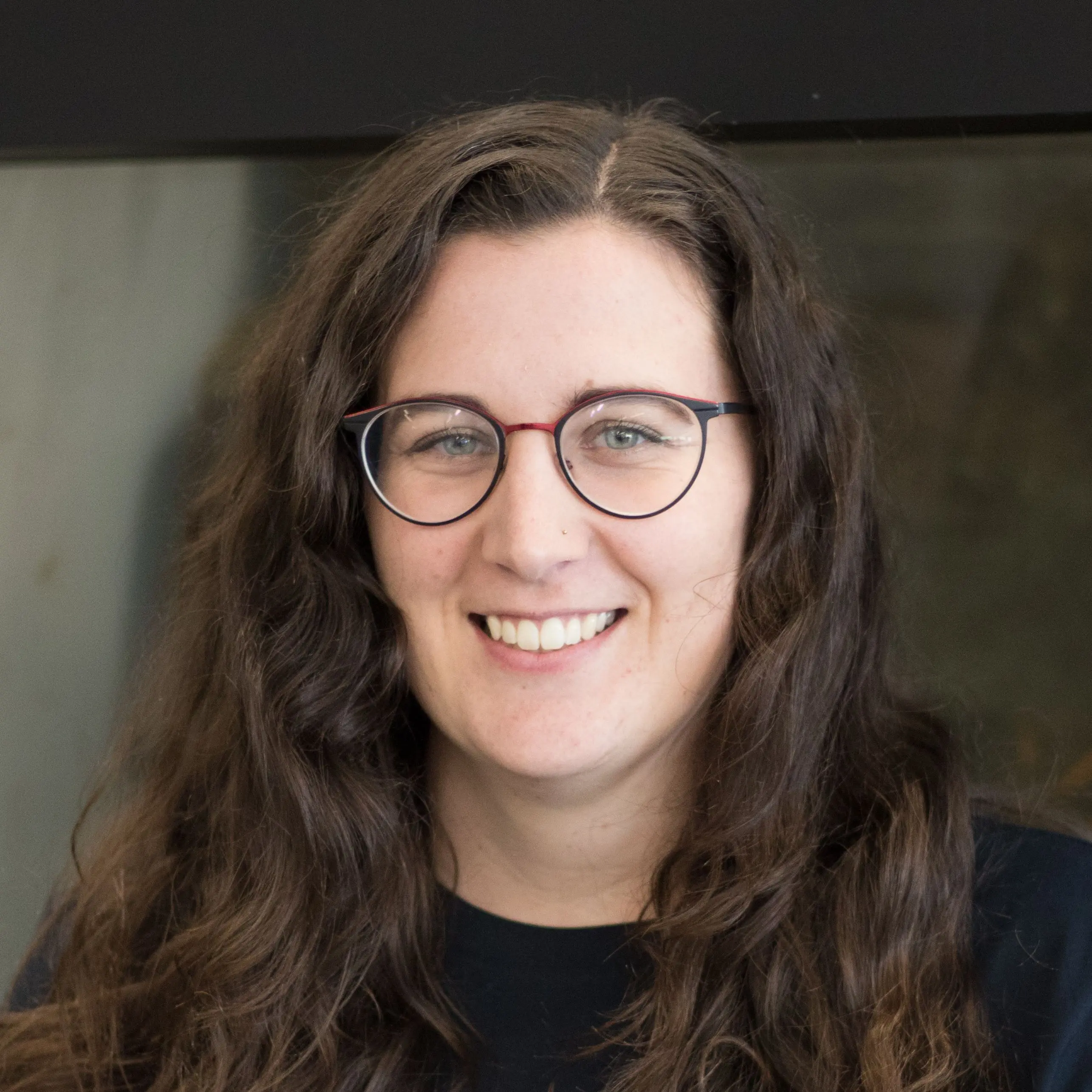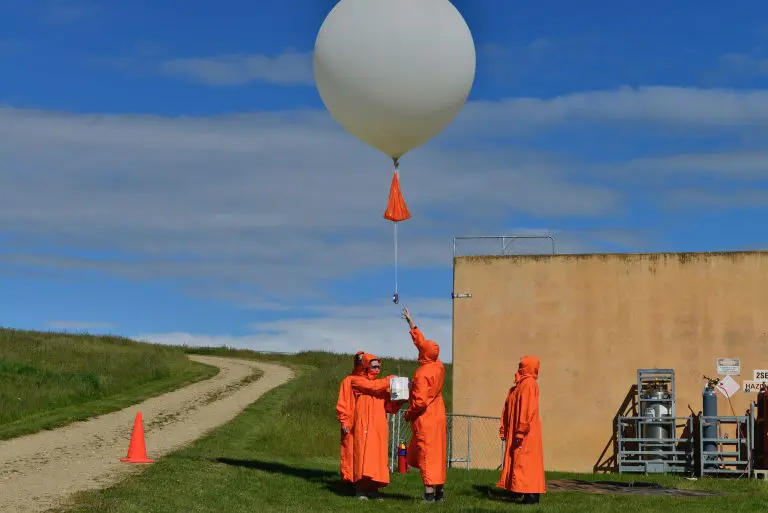Most atmospheric measurements are not so glamorous to the casual observer. Twiddle a couple of dials, the machine goes ping, then a NIWA scientist works their magic to process this into usable data for scientists around the world. However, ozone sondes and the LIDAR make pretty cool pictures.
Ozone sondes are basically a balloon ride for atmospheric instruments. After waiting all Tuesday for the wind to settle, we were finally able to launch the payload Wednesday morning. The ‘payload’ consists of a little machine that measures ozone partial pressure, along with another machine that measures atmospheric data such as temperature and pressure. The payload is attached to a large hydrogen balloon which carries it up to around 50 km altitude, transmitting data to the computer on the ground all the while. I was lucky enough to assist with the launch, which required the donning of the flame-retardant orange suit, protective glasses and gloves, and a typical kiwi can-do attitude. I was super stoked to help assemble the payload and attach it to the balloon. Then we let it go. The light hydrogen molecules carried the balloon upward at around 18 km/h so we nipped inside to catch its live progress on the monitor. Ozone sondes are important to ozone data because they make very accurate measurements of ozone, and temperature pressure. Furthermore, when they are done regularly, they form a great overall look at how the ozone layer evolves, both seasonally and long term.
Another long-term data set from Lauder is the LIDAR (Light Detection and Ranging) data. There are two LIDAR here, both originally operated in collaboration with institutes in Japan and the Netherlands. LIDAR works on the same principle as RADAR, i.e. we shoot up a beam of light which gets scattered at certain wavelengths and bounces back into the light bucket. The time taken for the light to complete a round trip tells us how far away the gas is, and the amount of light scattered tells us how much gas is there. One LIDAR at Lauder measures ozone (the good stuff) and the other measures aerosols (the bad stuff) – these include sulfates, organic carbon, black carbon, nitrates, mineral dust, and sea salt. On Tuesday night we had a clear evening which meant we could boot the lasers up. These require much care as not only are these instruments delicate, but the lasers strong enough to burn through paper, or an unwary finger. Because it already is quite late before it gets dark here, full operation didn’t begin until around 11pm. Unfortunately for Wills the technician, he is up there once a week for 5-6 hours a night, making sure that everything stays stable and the data is adequate for scientific use.

Emily Gordon
BLAKE NIWA Ambassador 2018


